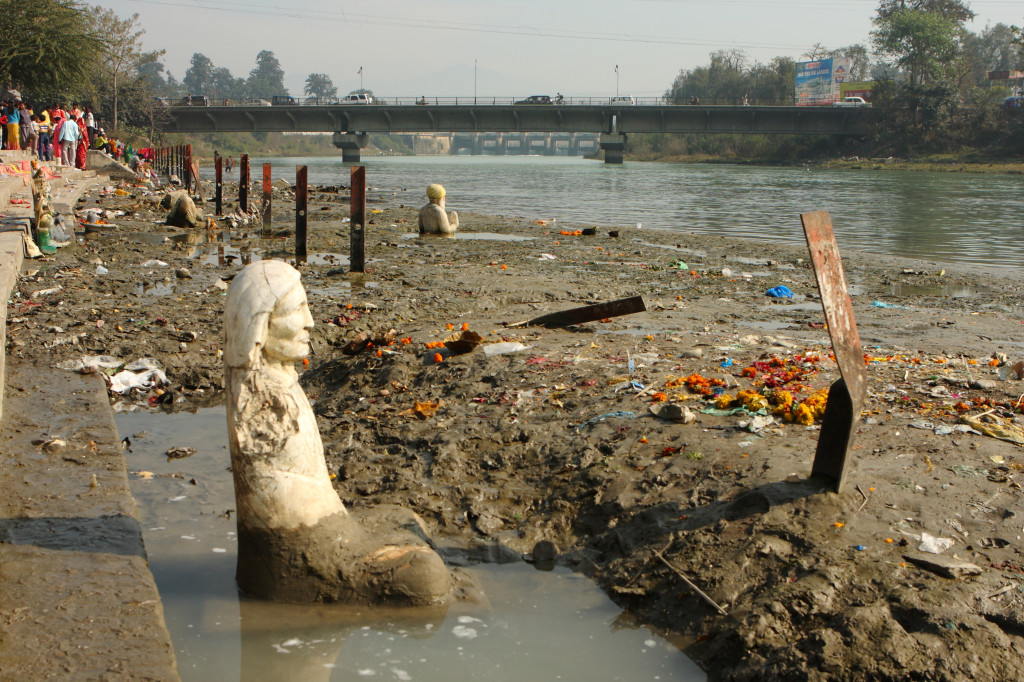
“India needs to replace conventional technologies with advanced technologies in order to ensure that the ‘Clean Ganga Project’ is implemented sustainably,” said Pramod Chaudhari, executive chairman of Praj Industries, at the 102nd Indian Science Congress (ISC) held at the University of Mumbai in January.
The government’s ambitious Clean Ganga Project has just started taking shape, with a target of three years to rejuvenate the polluted river in India. Industrial waste from over 700 polluting industries, such as pulp and paper, tanneries, textiles and chemicals, contribute to the pollution in at least four states through which the river flows.
At a symposium hosted by the ISC, Chaudhari said, “Virtually all milestones in rejuvenating the sacred river, divided into short-term, medium-term and long-term phases, depend heavily on the use of technologies, from zero liquid discharge (ZLD) to online monitoring.
Nearly 140 drains between Gangotri and Gangasagar open into the river Ganga to discharge municipal and industrial wastewater. At present, after being treated in different sewage treatment plants and common effluent treatment plants, the industrial wastewater goes into drains and eventually gets discharged into the river. The ZLD is a concept where the entire industrial wastewater can be reused after recycling without discharging a drop into any river.
Chaudhari explained that all water can be recycled in a scientific manner so that it can be reused. Even farmers may be able to use it for irrigation. The recycled water can be sold to end users.
Praj Industries is a leading provider of ZLD and recycle and reuse solutions with advanced technologies. Chaudhari said the Praj Industries’ technology has helped to resolve textile pollution issue in the industrial town of Tamil Nadu. Tirupur in Tamil Nadu, which is in a textile belt, faced the crisis of severe pollution of water bodies due to discharge of colored effluent from the bleaching and dyeing units. More than 600 dyeing units remained closed for almost two years for want of a reliable solution. This extended the closure of textile dyeing clusters until the installation of the ZLD unit by Praj.
 TEXTILES.ORG
TEXTILES.ORG


